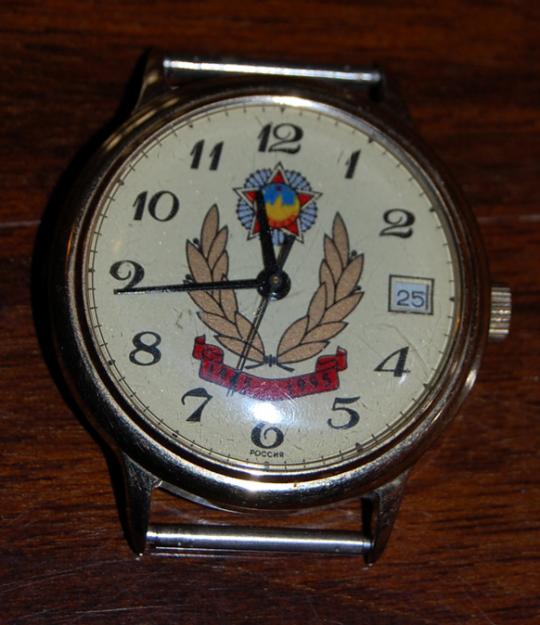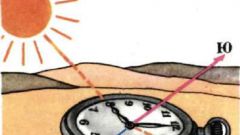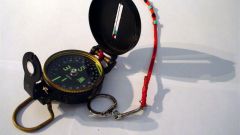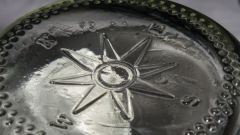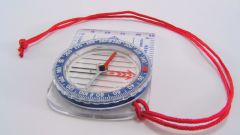Instruction
1
To determine the side light on the o'clock, point the hour hand at the sun. For greater accuracy, and can focus on the shadows of the vertically standing object, a tree, a pole, plumb. Set the arrow parallel to this shadow.
2
Taking into account summer and daylight saving time in Russia the sun is in the South at 14 hours in summer and 13 hours in winter. Mentally divide in half the angle between the hour hand and the direction to numbers 2 or 1, depending on the time of year is the bisector indicate the direction to the South. This method is more accurate, the farther from the equator. In the mid-latitudes during summer, the error of this method can reach 20 degrees. In the southern hemisphere in a manner determined by the direction of the North.
3
If you do not have watches with hands, the dial can be drawn as precisely as possible trying to break it down into sectors in the upper right quadrant. Instead of a clockwise swipe from the direction of the sun.
4
To determine the location of the parties to the lights at night, you first need to calculate where should be the sun. To do this, visualize the full moon, spend its radius and divide it into 6 parts. Look at the actual Crescent moon and count how many of these parts may be contained in the visible part of the lunar disk. The number remember.
5
Note by the clock the exact time. If the moon is waning (the sickle resembles the letter S – "old") time of observation add to the resulting number, if it is moving take. You have a new number. Mark it on the watch dial and point the mark on the moon. Then mentally draw an angle, one side of which is the direction to the moon and the other the number 2 or summer 1 in winter, and divide it in half in the same way as when navigating by the sun. The bisector will point in the direction South.
Note
In determining the cardinal hold the watch horizontally.
Useful advice
To determine the moon is increasing or decreasing, you can use simple tips: if the Crescent moon resembles the letter C – the moon is decreasing, "old". If the Crescent moon is to mentally add a vertical bar, and then he will look like the letter P – the moon growing "young".
